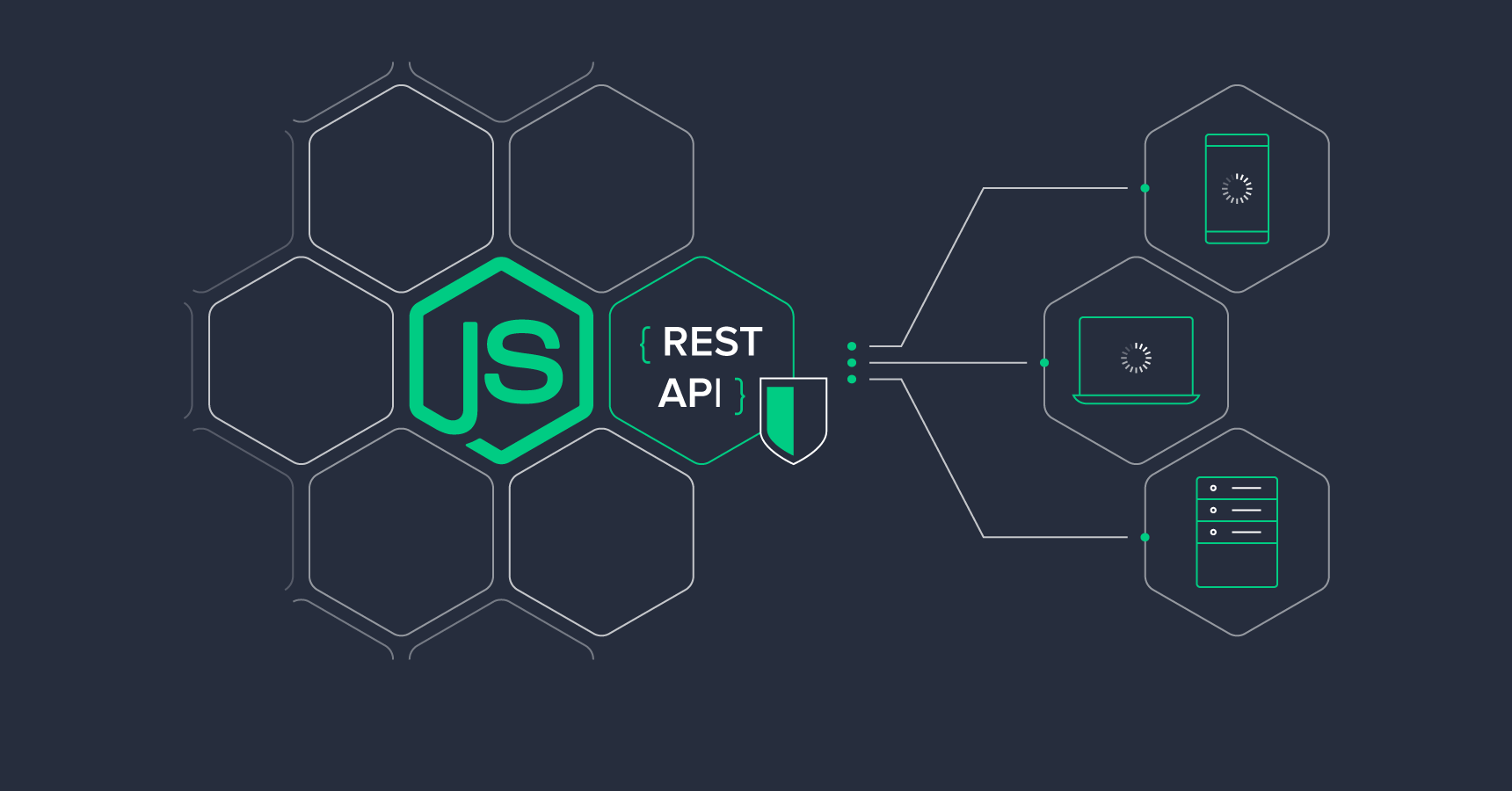RESTful APIs have become the backbone of modern web development, allowing applications to communicate and exchange data seamlessly. In the Node.js ecosystem, Axios is a popular HTTP client that simplifies making REST API requests. In this comprehensive guide, we’ll delve into how to use Axios to perform REST API requests in Node.js, covering authentication, timeouts, and security measures.
Understanding REST API Requests in Node.js
Before diving into Axios, let’s grasp the fundamental concepts of REST API requests in Node.js. Representational State Transfer (REST) is an architectural style that defines a set of constraints for creating scalable web services. Node.js, a powerful server-side JavaScript runtime, combined with Axios, provides an efficient way to interact with RESTful APIs.
Introduction to Axios
Axios is a promise-based HTTP client for Node.js and browsers, offering a simple and intuitive API. It supports various platforms and provides features like request and response interception, automatic JSON data transformation, and error handling.
Making REST API Requests with Axios
Installation
To begin, install Axios in your Node.js project using npm or yarn:
npm install axiosor
yarn add axiosBasic GET Request
Let’s initiate by performing a simple GET request to retrieve data from a REST API endpoint:
const axios = require('axios');
axios.get('http://whoisjsonapi.com/v1/example.com')
.then(response => {
console.log('Whois date:', response.data);
})
.catch(error => {
console.error('Error fetching data:', error);
});Axios utilizes promises, enabling us to handle responses and errors asynchronously.
Making POST, PUT, and DELETE Requests
Besides GET requests, Axios facilitates other HTTP methods like POST, PUT, and DELETE:
POST Request
axios.post('https://api.example.com/create', { data: newData })
.then(response => {
console.log('Created:', response.data);
})
.catch(error => {
console.error('Error creating data:', error);
});PUT Request
axios.put('https://api.example.com/update/123', { data: updatedData })
.then(response => {
console.log('Updated:', response.data);
})
.catch(error => {
console.error('Error updating data:', error);
});DELETE Request
axios.delete('https://api.example.com/delete/123')
.then(response => {
console.log('Deleted:', response.data);
})
.catch(error => {
console.error('Error deleting data:', error);
});Authentication and Authorization
Securing REST API requests involves authentication and authorization mechanisms. Axios allows incorporating various authentication methods, such as:
Basic Authentication
const username = 'yourUsername';
const password = 'yourPassword';
axios.get('https://api.example.com/data', {
auth: {
username,
password
}
})
.then(response => {
console.log('Authenticated Data:', response.data);
})
.catch(error => {
console.error('Authentication Error:', error);
});Bearer Token Authentication
const token = 'yourApiToken';
axios.get('http://whoisjsonapi.com/v1/example.com', {
headers: {
Authorization: `Bearer ${token}`
}
})
.then(response => {
console.log('Whois Data:', response.data);
})
.catch(error => {
console.error('Token Authentication Error:', error);
});Timeouts
Setting timeouts is essential to prevent requests from hanging indefinitely. Axios allows defining timeouts to handle situations when the server takes too long to respond.
axios.get('http://whoisjsonapi.com/v1/example.com', {
timeout: 2000, // Timeout in milliseconds (2 seconds)
headers: {
Authorization: `Bearer ${token}`
}
})
.then(response => {
console.log('Whois Date:', response.data);
})
.catch(error => {
console.error('Timeout Error:', error);
});Security Measures
Ensuring security while making REST API requests involves multiple considerations, including:
SSL/TLS Encryption
Always use HTTPS to encrypt data transmitted between your Node.js application and the API server. Axios inherently supports HTTPS, ensuring secure communication by default.
Data Validation and Sanitization
Before sending or after receiving data, validate and sanitize it to prevent injection attacks or data manipulation vulnerabilities.
Rate Limiting
Implement rate-limiting measures to control the number of requests made within a specific timeframe, preventing abuse or overload on the API server.
Conclusion
In this guide, we’ve explored the usage of Axios for making REST API requests in Node.js. Understanding the basics of Axios, handling authentication, timeouts, and implementing security measures is crucial when interacting with external APIs. Utilize these practices to create robust, secure, and efficient API interactions within your Node.js applications.
Start leveraging the power of Axios today to streamline your REST API requests in Node.js and build responsive and resilient applications.
Remember, mastering Axios empowers you to craft more sophisticated interactions with RESTful APIs, ensuring your Node.js applications perform optimally while maintaining security and reliability.
Happy coding with Node.js and Axios!



